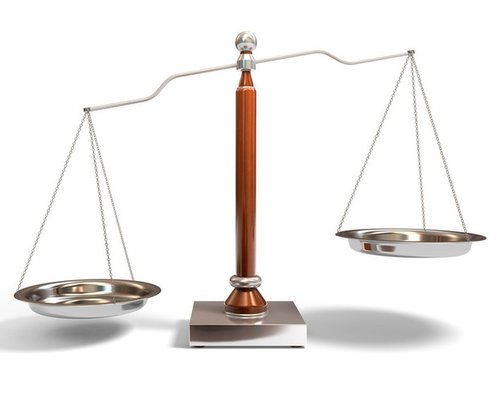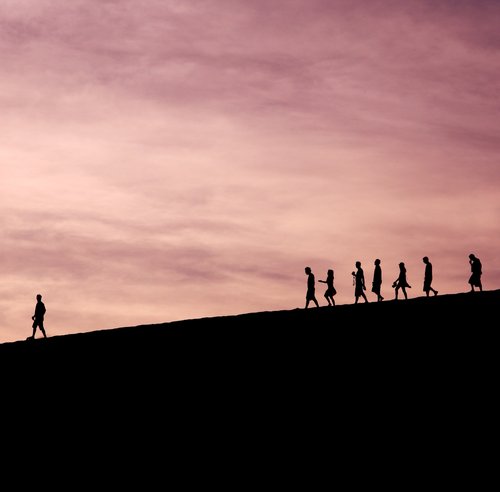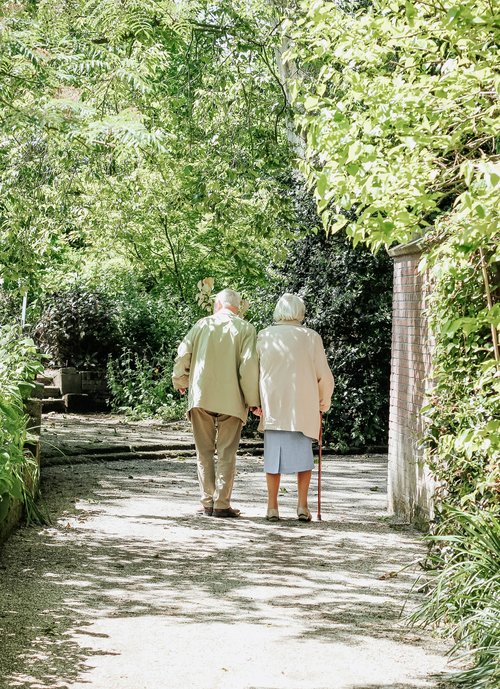The Cold Equations - Covid-19: When The Value Of Statistical Life Changes All Our Lives.
Monday, 20 April 2020By Mark Freeman & Ben Groom

As we sit at home watching the Covid-19 crisis unfold, the economic impact of the social distancing measures that are being imposed are equally clear. Governments around the world are spending unprecedented amounts during peacetime, global stock markets are experiencing some of their sharpest ever falls, many private businesses are going bankrupt, and unemployment is skyrocketing. Some commentators are now questioning whether the economic costs of preventing the spread of Covid-19 outweigh the health benefits.
The National Health Service in the UK operates under the guiding principle of free access to all. Yet resources are constrained and trade-offs need to made to ensure the best health outcomes are achieved with limited resources. Advised by economists, governments around the world use Cost Benefit Analysis (CBA) for this purpose. When considering saving lives, CBA requires grappling with the thorny issue of monetising reduced risks of death and extending lifetimes, and confronting the difficult task of comparing the benefits to the costs. Inevitably, some policies are better than others when viewed through this lens. So, how does governmental response to Covid-19 fare in terms of these governments’ own guidelines on CBA?

Two academic papers to emerge recently from the US indicate that the economic case is clear. According to both Linda Thunström and her team and, independently, Michael Greenstone and Vishan Nigam, the mortality benefits from the introduction of social distancing can be valued at $8tn-$12tn, or $60,000 - $95,000 per household. The cost is great indeed, but the benefits are greater; according to Thunström’s team, around $5tn in net benefits once the costs to GDP from social distancing are taken into account.
Yet both these studies are based on the assumption that society should be prepared to pay an average of $10 million dollars to save a person’s life (the “Value of Statistical Life”; VSL). This is broadly consistent with the values used by both the US Department of Transport and the US Environment Protection Agency. Greenstone and Nigam adjust this for age; ranging from $16.1m to save someone aged 20-29 to $1.5m for those over 80.

Yet, in healthcare CBA, there is a preference to estimate value based on Quality Adjusted Life Years (QALYs) rather than apply a VSL. The National Institute for Health and Care Excellence (NICE) in the UK will pay approximately £20,000-£30,000 on average for drugs that will keep you in good health for one extra year; a value that colleagues here at York believe is, if anything, on the high side. In the US, the Institute for Clinical and Economic Review value a quality life-year somewhat higher; $50,000-$150,000. In the UK, a 70-year old has a remaining life expectancy of about 15 years, not all of which will be in good health. Based on a cost/QALY value of £25,000, this is £375,000 for their entire future life. For those most likely to die from Covid-19 – those with serious existing clinical conditions – this is an over-estimate, yet remains an order of magnitude lower than the $3.7m that Greenstone and Nigam assign to a life of someone aged 70-79.
Based on the value of £25,000 per QALY and recent estimates of possible mortality, households in the UK should be prepared to pay about £6,750 each to prevent 600,000 deaths from Covid-19; about £185bn in total equating to £330,000 per life saved. To put this in context, this is about half the value of a man’s total income over his lifetime if he receives average wages (women’s average financial lifetime income is somewhat lower). This is purely to avoid increased deaths and ignores the additional costs of milder illnesses and hospitalisations. Against this, the social costs of distancing should also be included in the calculation, including the rise in domestic violence and a likely decline in society’s mental health.
Through the lens of CBA then, the position society takes on whether the healthcare benefits of Covid-19 outweigh the economic costs or not depends crucially on whether society applies a VSL based approach, or instead a NICE-based cost/QALY ratio to this situation. Bluntly speaking, the result of CBA turns on how society values changes in the risk of death or the length and quality of lives extended. While the bluntness of these calculations may be anathema to many, who may prefer a rights based approach, or other ethical considerations, these approaches also involve trade-offs. CBA confronts these trade-offs head-on by making them explicit and quantifying them using the values implied by decisions made in society.

Unfortunately for CBA, it is likely that neither method, VSL or QALY, is applicable in this case. The VSL is generally calibrated using people’s stated willingness to pay to avoid a small increase in the risk of death. The much lower estimates of a cost/QALY ratio in the UK reflects the observed health effects of relatively small changes in NHS expenditure over recent years, rather than the ethical question of what society ‘ought’ to pay to improve health. Given the scale of the impact of the pandemic on how the NHS functions and the decision to dramatically increase public expenditure these estimates are unlikely to be a useful guide in current circumstances. The world we now find ourselves in is entirely new, and calls for new methods in healthcare CBA.